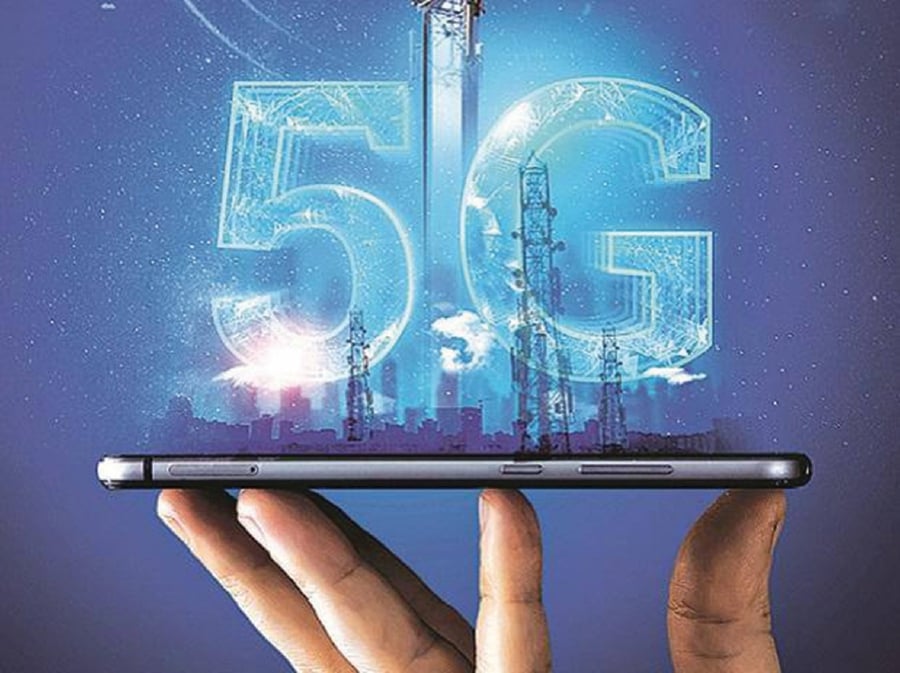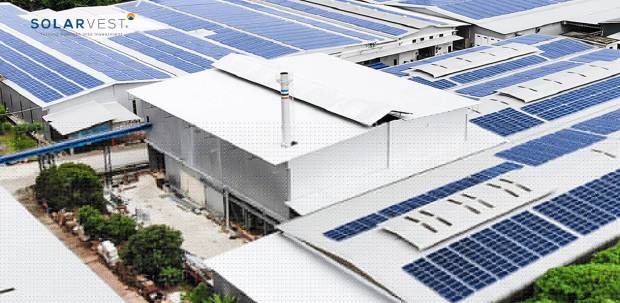KUALA LUMPUR: Malaysia's 5G uptake is slightly behind advanced Asia Pacific countries such as Australia, Singapore and South Korea but the rapid network deployment will enable it to catch up with them, industry observers said.
GlobalData principal analyst Alfie Amir said 5G in Malaysia was only commercially available at the end of 2022 and this should explain the one per cent adoption rate currently.
Based on GlobalData's market forecast, the 5G adoption in the country was expected to reach six per cent at the end of 2023 before rising to 46 per cent at the end of 2027.
"We don't track 5G coverage, but based on reported information, Malaysia's current 5G population coverage of 58 per cent and 80 per cent target by the end of the year is behind advanced countries like Singapore, Australia and South Korea, but ahead of many other emerging countries," Alfie told NST Business.
Groupe Speciale Mobile Association (GSMA) previously noted in a report that the delay in rolling out the latest internet network had caused Malaysia's 5G adoption to stand only at one per cent of consumers. This was behind Thailand, Indonesia and the Philippines despite the country's higher gross domestic product per capita.
On Malaysia's target to achieve 80 per cent of populated coverage by end-2023, Alfie said going from 57.8 per cent to 80 per cent could be challenging for network operators mainly because it involved suburban and rural areas.
"Covering these low-density areas would require more cellular towers or base stations compared to urban/populated areas," he added.
Alfie, however, believes the target is achievable for Digital Nasional Bhd through the use of 700MHz, which is a low-frequency band that offers better coverage penetration, and strong government support to address network deployment challenges including site acquisitions.
He said network equipment vendors such as Ericsson had ramped up their production in order to overcome supply chain issues and to meet telcos' demand.
Malaysian Institute of Economic Research economist Dr Shankaran Nambiar is unsure if the 80 per cent of populated coverage can be achieved by end of the year.
"The challenging segment is the rural areas. It would be good if 80 per cent of the coverage in the rural areas is achieved by the end of 2023, but that seems difficult to accomplish," he said.
Nambiar said the high uptake could be hastened if the 5G network rollout started from the rural areas, largely because the population is less dense, areas are wider and infrastructure facilities are harder to build.
"Starting with the rural areas would have brought things like digital healthcare and 5G assisted diagnosis, surgery and the like closer to these areas. This would have helped break the digital divide," he added.





